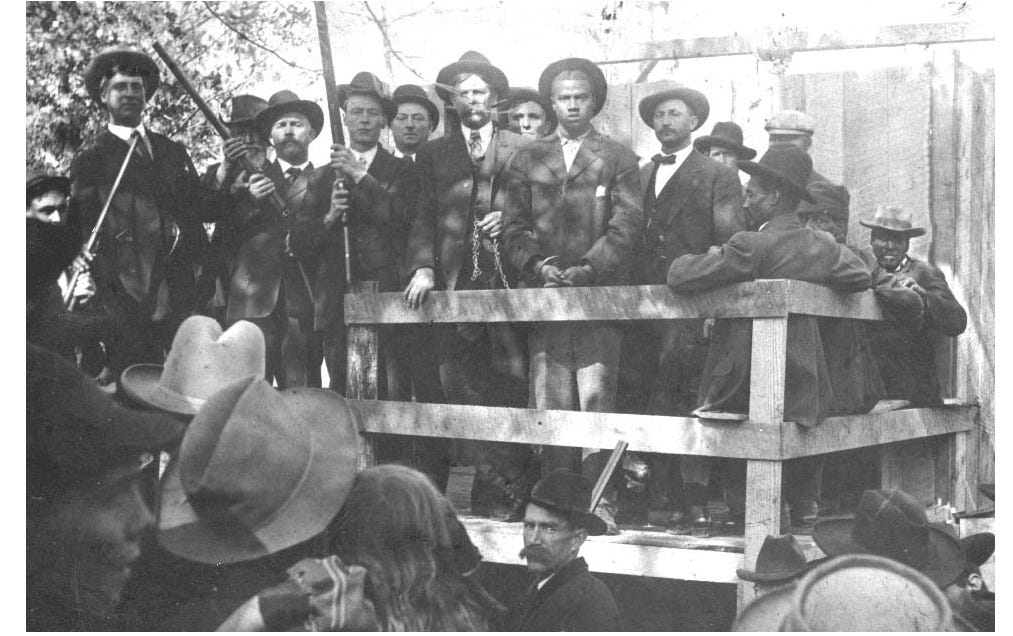In the many piles of old photographs I harbor, one seems shockingly out of place.
Here’s what I know. In the 1910 census I find my father’s family living in Canton, Georgia, population 2000. The town, located about 40 miles north of Atlanta, is completely racially segregated and wholly populated by folks born in the deep South…except for the Sauls. My grandmother Sadie, born in Pennsylvania and her husband Louis, an immigrant from Lithuania, own a small dry goods store. Louis’s family, living in Atlanta, supplied wares that my grandparents sold to Canton residents. In addition to Sadie and Louis, the Saul household included two tiny daughters, Ruth and Gertrude, and Sadie’s younger brother Charlie, then 18, who helped as a clerk.
My father was born in 1914 in Atlanta, shortly after Leo Frank, a well-educated Jew and factory superintendent— had been found guilty of murdering and disposing of the body of a 13 year old of employee, Mary Phagan. Leo Frank’s death sentence was eventually commuted to life in prison, but in 1915 a gang of vigilantes, in a well-orchestrated caravan, drove the 118 miles from Marietta, Mary Phagen’s hometown, to the Midgeville State Prison where they kidnapped Frank and brought him back to Marietta,. He was lynched at daybreak.
I look at the picture copied above. Is it, as I first thought, a photo of a a lynching, which in old Georgia was often presented as a form of public entertainment? But the fellow in handcuffs is dressed nicely in a suit and there is no evidence of gallows in the photo. So I suspect that this was a state-sanctioned event, although I see no sheriff’s badges. And why would this photo be saved among so many pictures of smiling white Jews — family members and their friends?
Here are a couple of possibilities. A/The key witness against Frank was a man named Jim Conley, a Black man who supposedly helped dispose of the Mary Phagen’s body and was sentenced to just a year on the chain gang in exchange for his testimony. Is this Conley?
I can imagine that my relatives might have attended a trial, if that’s what this is. But notice the little girl in the forefront in her father’s arms? And the relaxed Black men in the far right of the platform. What IS happening?
Here’s another possibility based on my own experience. After visiting relatives in Baton Rouge, LA my husband took out his camera and snapped a number of shots of smog and oil refineries. “In case you’re ever considering visiting her again, he quipped.
Was this my grandmother’s evidence that she made the right choice, moving her family to Ohio?
But the story of Leo Frank continued to mark my family’s history. My father, who had an amazing memory for song lyrics, would on occasion sing a ballad I still remember, called “Little Mary Phagan.” Remember, my father left Georgia as a very small child, and yet he passed this song onto me. It was apparently the song played non-stop on the steps outside the courtroom where Leo Frank’s fate was being considered.
I would be grateful for your thoughts on this family mystery.






Jewish history; lynching, family: what a combination
What if you focused the question on, for instance, the construction of the platform. Could it suggest anything specific?
Or the guns perhaps? What were those kind of guns used for?